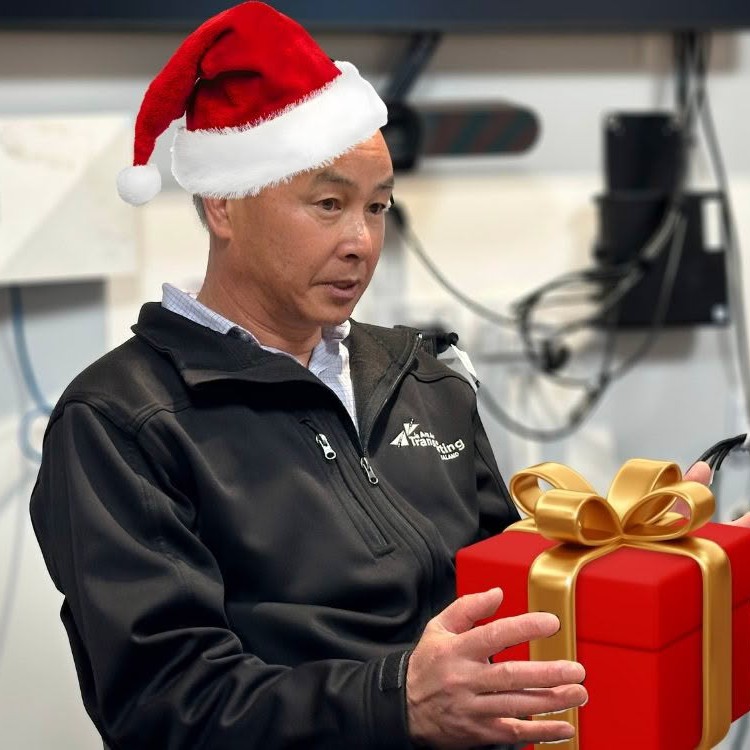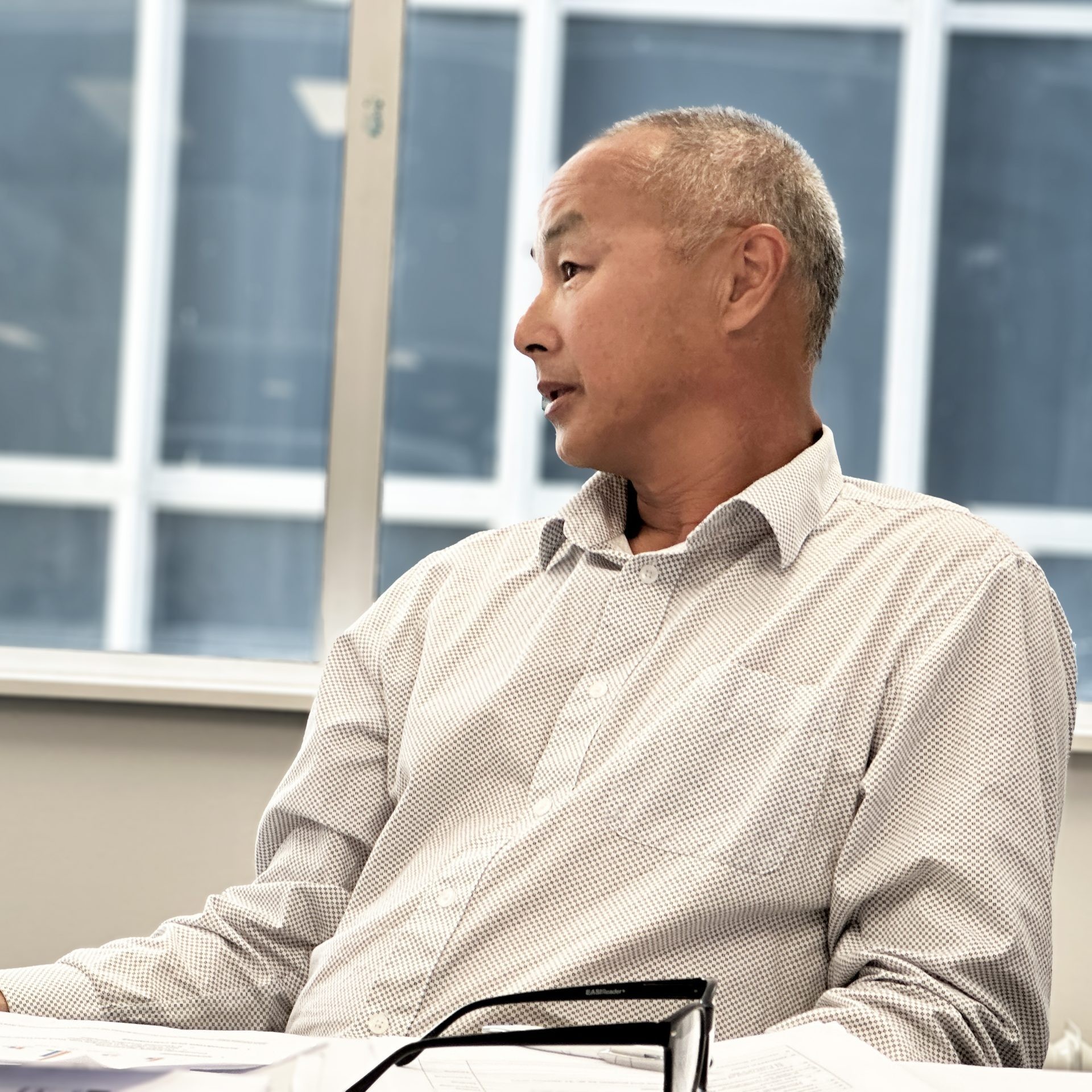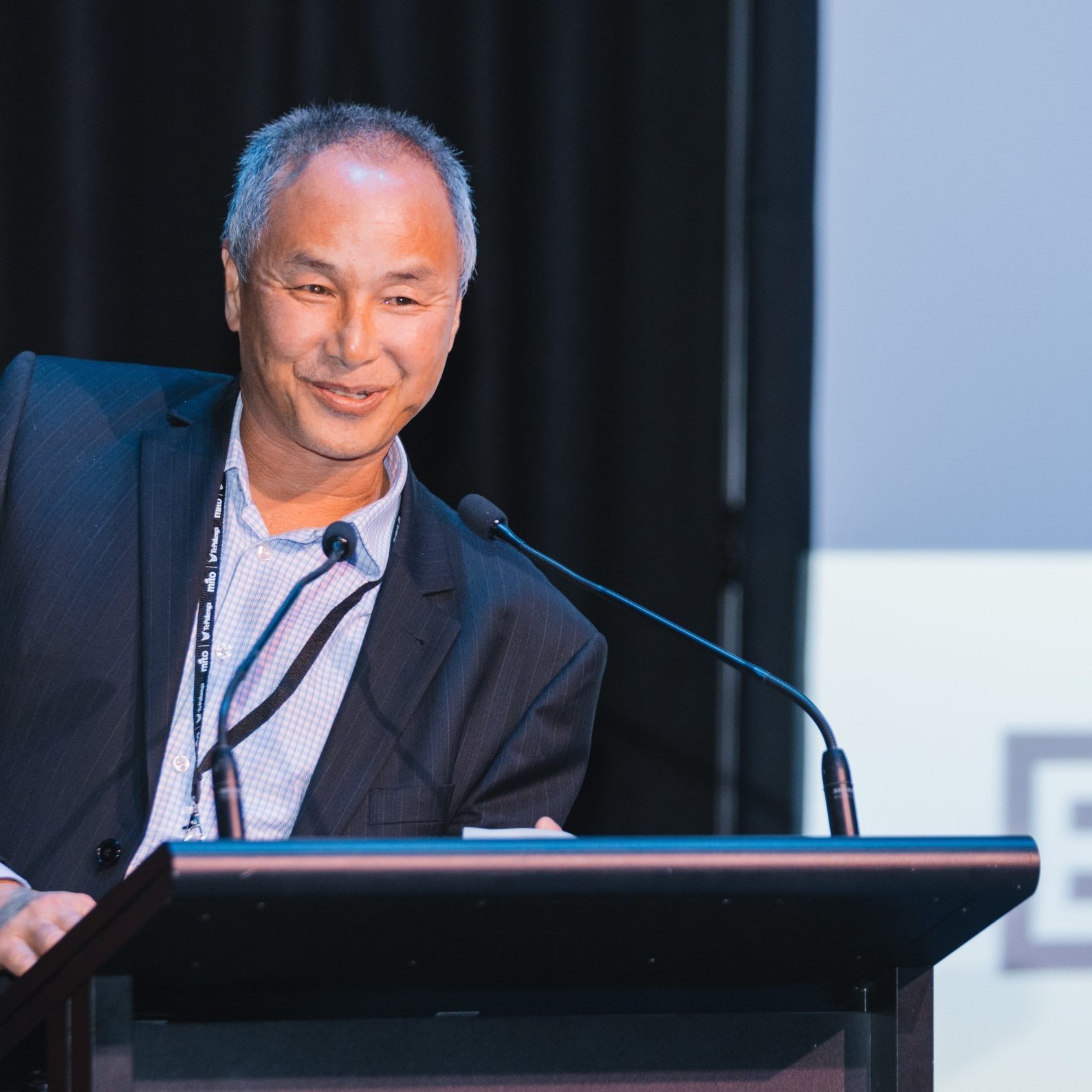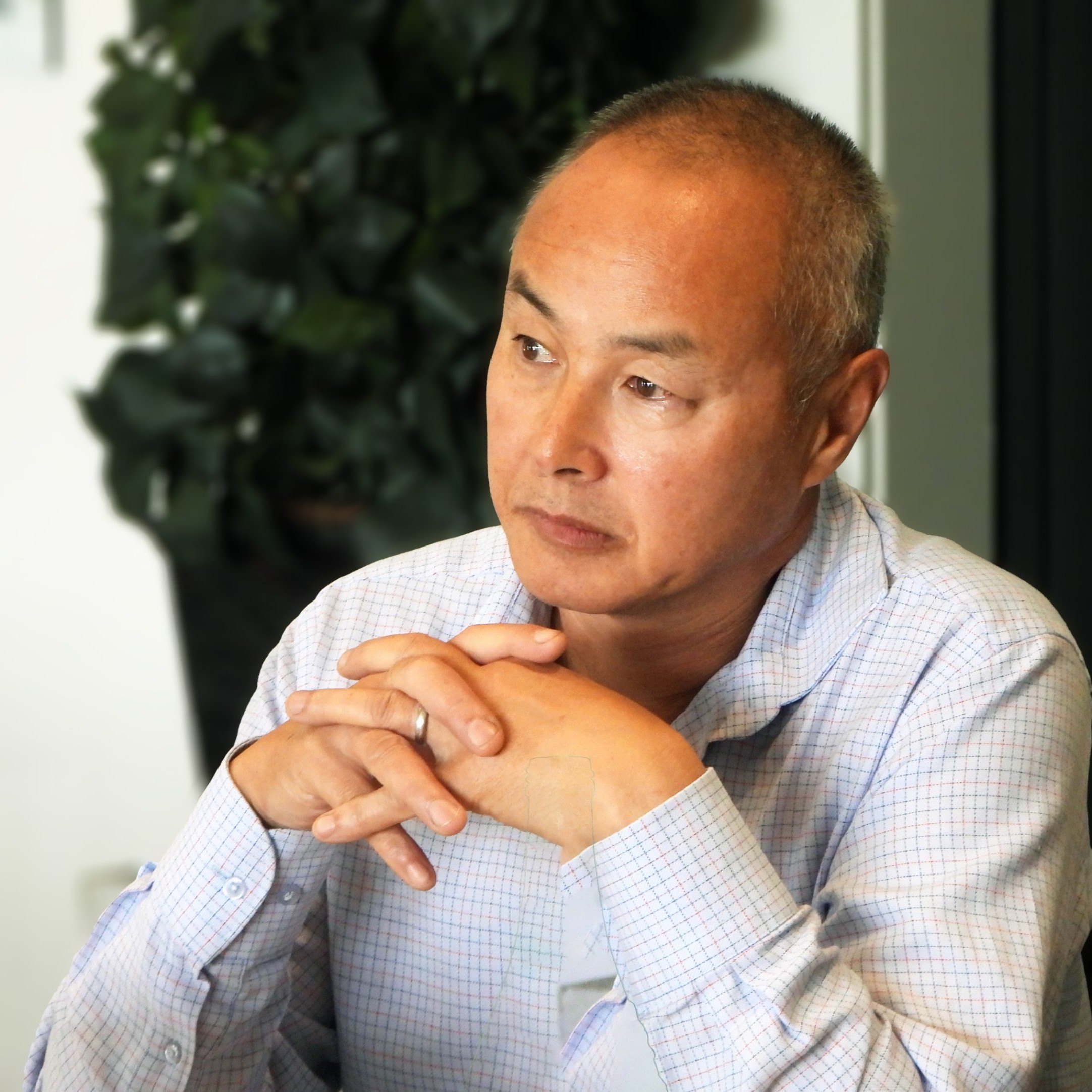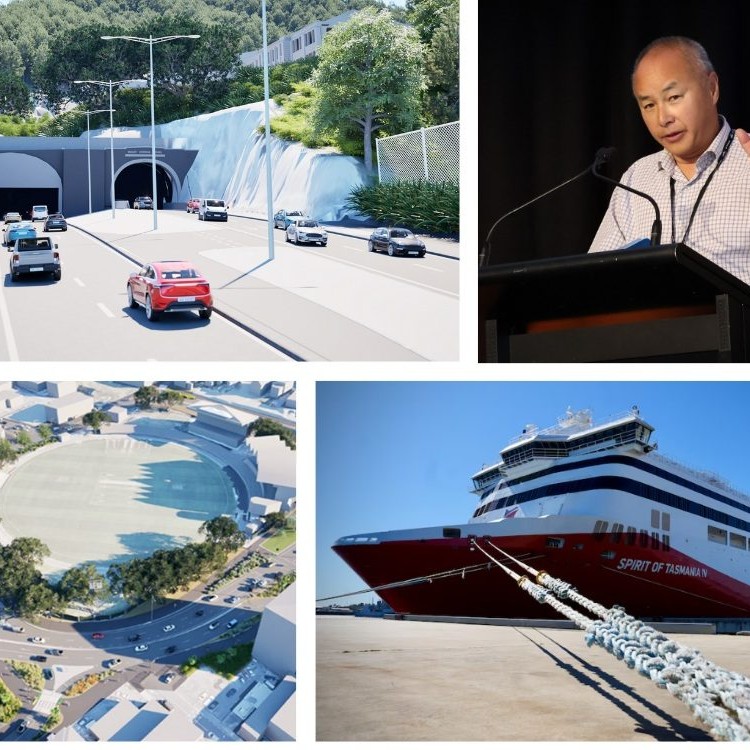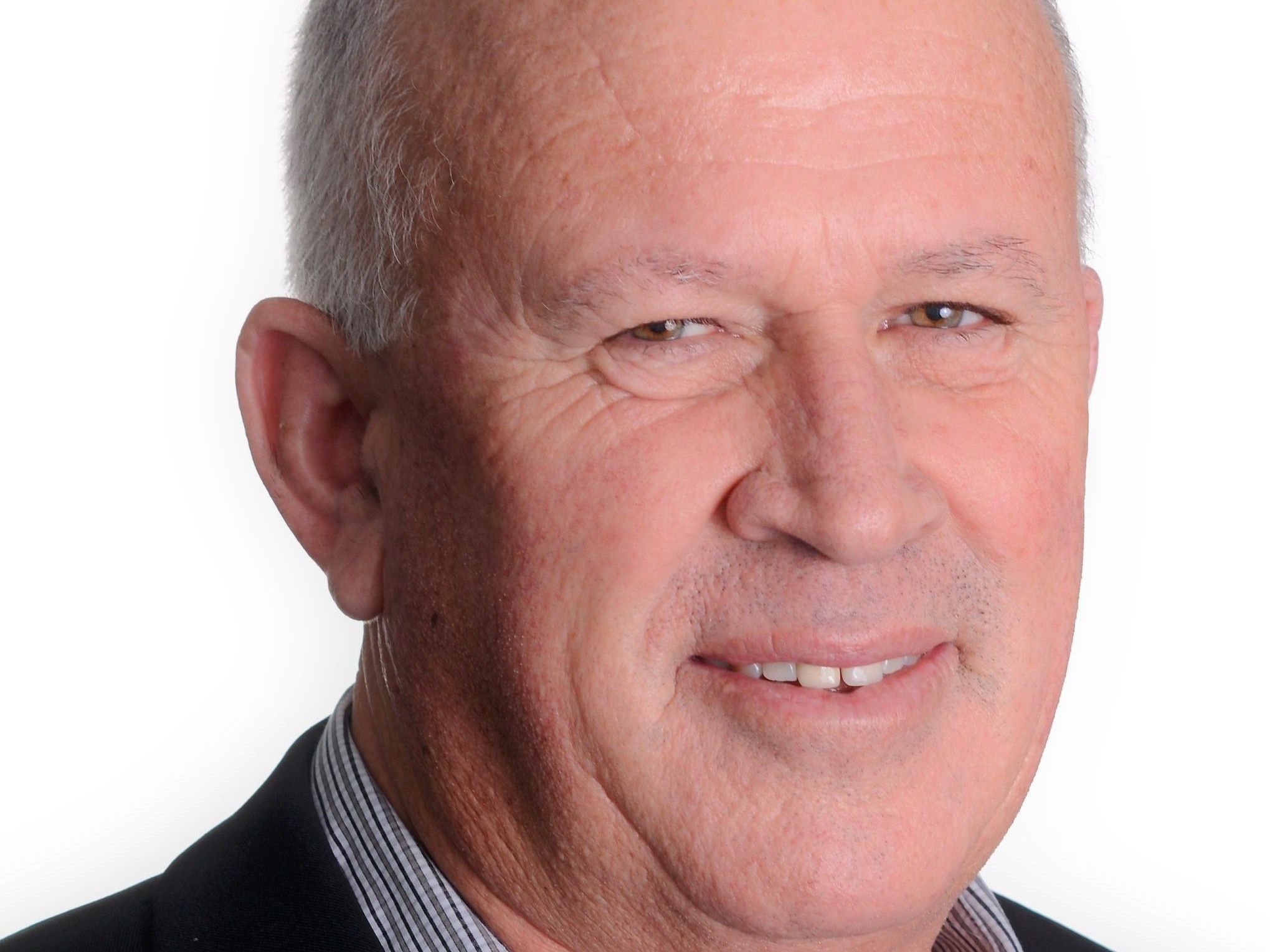
One of my roles as chairman of Transporting New Zealand is to look at ways of keeping the organisation effective, relevant, and fit for purpose.
A key one which we have been working on is a review of our constitution – how we organise ourselves and how we do the best for the whole sector.
Historically, we’ve been structured around regional associations that make up Transporting New Zealand. But our members requested we look at the whole structure to become one voice, so we took some professional advice. That advice was if it is possible, all the regional associations need to join together. The other was to have one national body representing the road transport industry.
So as a board we’re going through the process of having discussions about the whole issue and putting it to the members to make the decision. If the members decide it’s not what they want, then we respect that and we alter the constitution to suit.
But we have to let people have a say.
As an industry association, we want to kick some goals and achieve a number of things, but we need to be united in doing it.
At the same time, we also have to be focused and I think one of the best ways of doing this is by resourcing the different sectors and let them make gains in their areas of expertise.
My personal experience is that sector groups can make a big difference quite quickly and that a change from regional executives to a sector-based organisation has huge potential.
I know in the logging industry, if you have representatives that you trust, you have faith that there is going to be progress and you are going to be taken care of.
When we started the Log Transport Safety Council in 1997, we had a high crash rate with nearly one in 11 log trucks being in an accident every year.
So, all the sector players got together and we brought the accident rates down dramatically. It worked because the forest owners, the customers, the engineers, the truck operators, everybody had a place at the table. You leave your guns at the door and you do what’s right for the industry.
The other thing I want to see is big changes in getting the next generation of transport operators coming through and running the organisation.
I’m encouraged by the board we’ve got at the moment because while there’s a couple of older ones – myself included – there are certainly a couple of younger ones and that’s great.
One dream, one team
For the second time here, I will stress the point of industry unity.
Economist Cameron Bagrie told our conference in June that governments don’t want to deal with a divided sector with different opinions.
Cameron’s advice was: “Park the egos, one team one dream.”
Associations will need to educate and provide solutions to the government.
We need to drop the self-interest and replace it with group interest.
As I also said then, it makes no sense to me that we’re not one industry organisation across the country. But it’s just a matter of time and we’ll get there.
Everything we do, we do for the good of the whole New Zealand transport industry, whether someone’s a member of Transporting New Zealand or not.
People will eventually see that and support that vision.
There are some large transport operators that aren’t members of any association, and I’d like to think that they can see the good work that people are doing, which benefits everyone. So, it would be good to get their support.
Changes worth having
It is time for some changes in vehicle dimensions and mass and there’s some relatively easy gains to be made around the port and container sector which are going to help us on the transition to a lower emission economy.
Increasing payloads is the obvious target, and I believe the industry – with the technology we’ve got – can demonstrate we can do it safely.
Another key one is making the regulations that govern driving hours to be more flexible. Rules were intended to be reviewed regularly and should be fit for purpose.
Most of us use technology to manage driving hours with electronic log books and those sorts of things. We’ve all got the systems and the ability to give the regulator the comfort that things are being done properly while still monitoring driver fatigue and keeping drivers and the public safe.
-Warwick Wilshier is chairman of the Ia Ara Aotearoa Transporting New Zealand Board and chairman of the Log Transport Safety Council.
